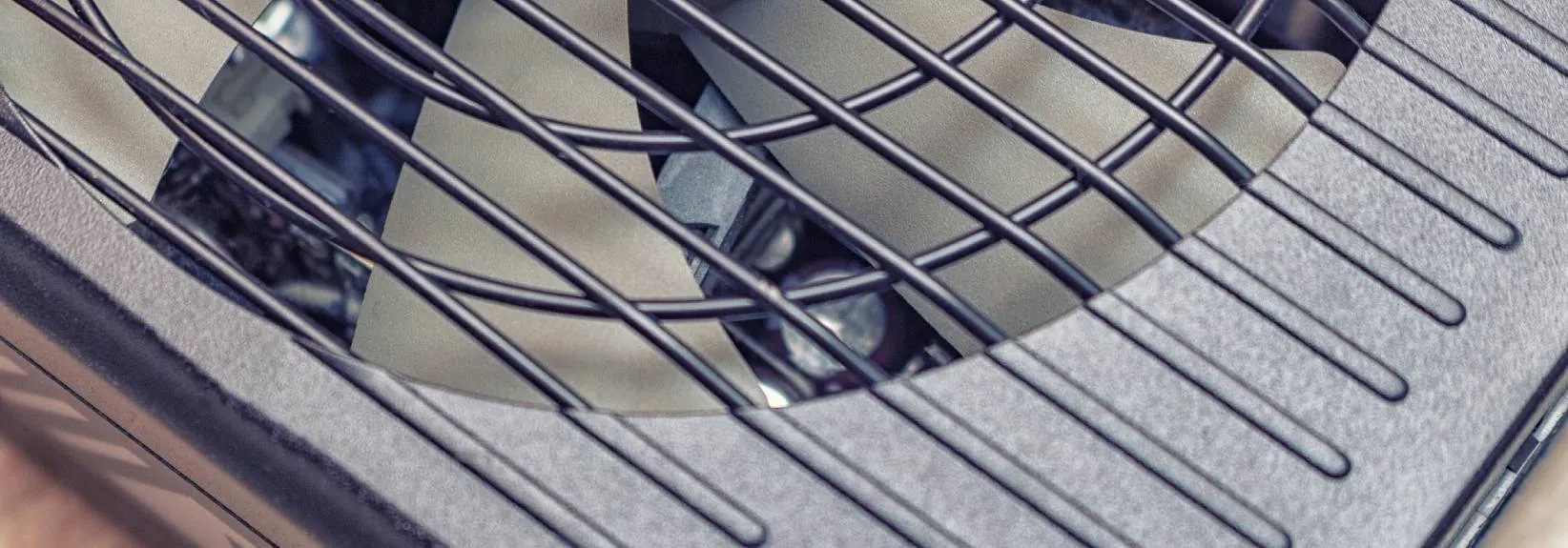What Is a Blower Motor?
When troubleshooting HVAC dilemmas, you possibly could read the term “blower motor” and wonder how that fits into your system. This crucial part of your HVAC serves as the lungs of your heating and cooling system. The blower motor powers the circulation of heated and cooled air, so that your home stays comfortable during the whole year.
It’s not necessary that you know every detail of your HVAC system to keep it operating smoothly. However, understanding a little about the blower motor simplifies operation and occasional troubleshooting.
What Does a Blower Motor Do?
The blower motor in a forced-air heating and cooling system runs the fan that circulates air through your home and forces it back into the HVAC for reheating or cooling. The types of HVAC systems that utilize blower motors include furnaces, air conditioners, heat pumps and ductless mini-splits. When your thermostat feels the temperature falling out of the programmed comfort zone, the blower motor is alerted by your system. This turns on the fan, forcing hot or cold air out of the unit, through the ductwork—or right from the air handler in the case of a ductless system—and into your living space.Where Is the Blower Motor Found?
The blower motor’s actual location depends on the type of system:-
- A furnace blower motor is usually located in the base of the unit close to the air filter.
-
- An air conditioner most of the time shares the furnace’s blower motor to distribute cool air in the summer cooling season.
-
- A heat pump blower motor is located in the air handler, the in-house portion of this single-unit heating and cooling device.
-
- A ductless mini-split blower motor is located inside the wall-mounted unit, often behind the air handler casing.
Types of Blower Motors
Understanding the two main styles of blower motors can help you find the best option for your home comfort needs.-
- A single-speed motor, as the name indicates, works at one speed and shuts off when the desired temperature is attained.
-
- A variable-speed motor operates at a range of speeds, adjusting the speed to changes in heating and cooling demands. This is generally the quieter, more energy-efficient choice for homeowners. It also features more consistent indoor temperatures for greater comfort.
Signs of a Blower Motor Gone Bad
If your home isn’t feeling as comfortable as it usually does, your blower motor might be the reason. Watch out for these warning signs of a bad blower motor:-
- Weak or no airflow from vents: Limited airflow makes your home heat or cool more slowly, creating discomfort and inefficiency. A complete absence of airflow might suggest total motor failure, which calls for swift evaluation from an knowledgeable HVAC professional like the team at A1 Chesney Service Experts.
-
- Peculiar noises: Strange sounds like grinding or squealing could be warning signs of worn-out bearings or a misaligned motor. These noises are not only aggravating but can signal impending failure.
-
- Concerning aromas: A burning smell may indicate an overheating motor, a serious issue requiring prompt intervention to prevent the problem from getting worse.
-
- Increased energy bills: A blower motor that works harder than necessary because of an underlying issue burns more power. This inefficiency can cause a marked spike in your electric bills.
-
- HVAC unit overheating: Overheating can take place when the motor struggles due to friction or a mechanical difficulty. This can lead to a full system breakdown if not addressed promptly.
What Causes Blower Motor Failure?
A blower motor can break down for many reasons, including:-
- Moisture buildup: Water in the wrong areas can be a big problem for your blower motor. Moisture can corrode metal hardware and trigger electrical shorts that can severely impact the motor’s performance.
-
- Debris accumulation: Dust and dirt plugging up components of the motor can cause it to overheat or fail completely.
-
- Worn-out bearings: Bearings minimize friction in the motor. When they wear out, they overwork the motor, leading to untimely failure.
-
- Blower motor resistor or fan concerns: Trouble with the resistor or fan can alter how the motor responds to demands for more or less air. These challenges can lead to system inefficiencies and require Expert repair.
-
- Temperature control problems: If the motor can’t effectively manage the temperature, it could begin to run all the time, which can cause wear and tear and eventually failure.
-
- Electrical challenges: Faulty wiring or other electrical malfunctions can lead to sporadic motor operation or a total breakdown.
-
- Old age: Like any mechanical device, blower motors have a finite working life. As they get older, materials within them wear out and failure becomes more likely.

